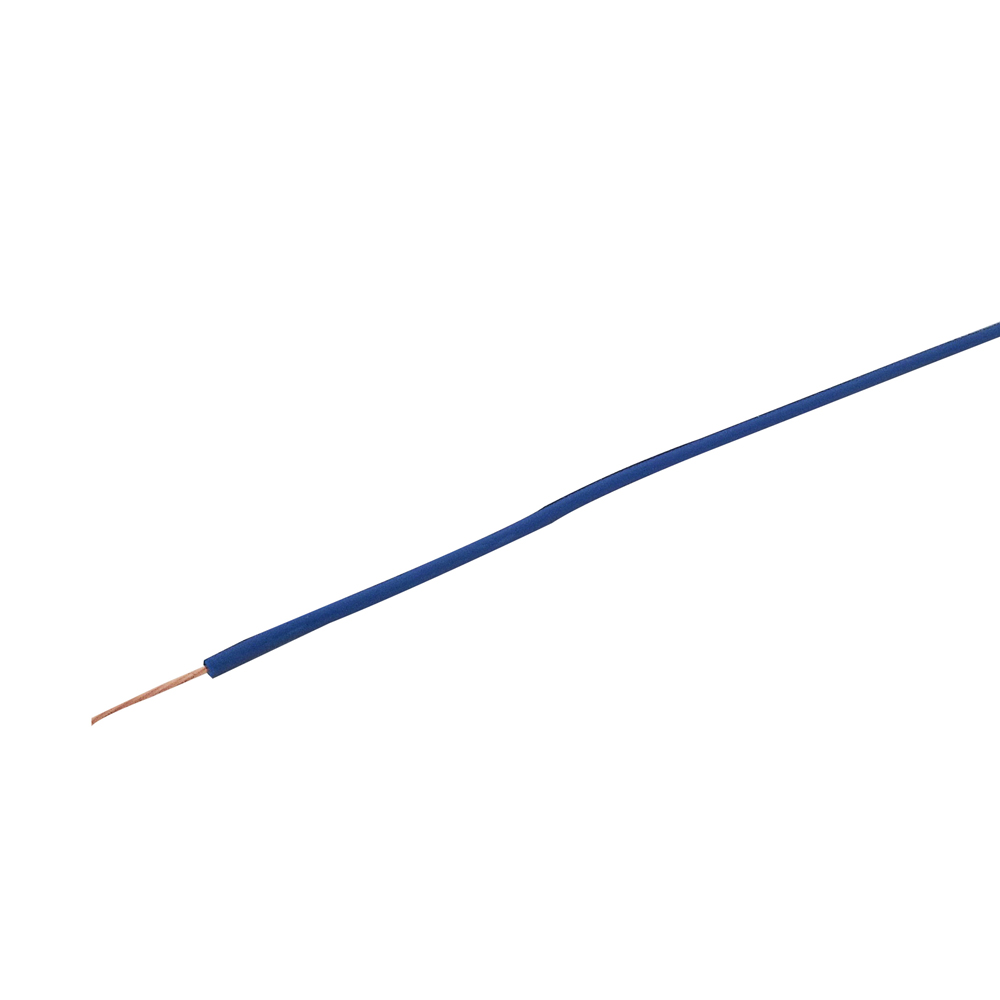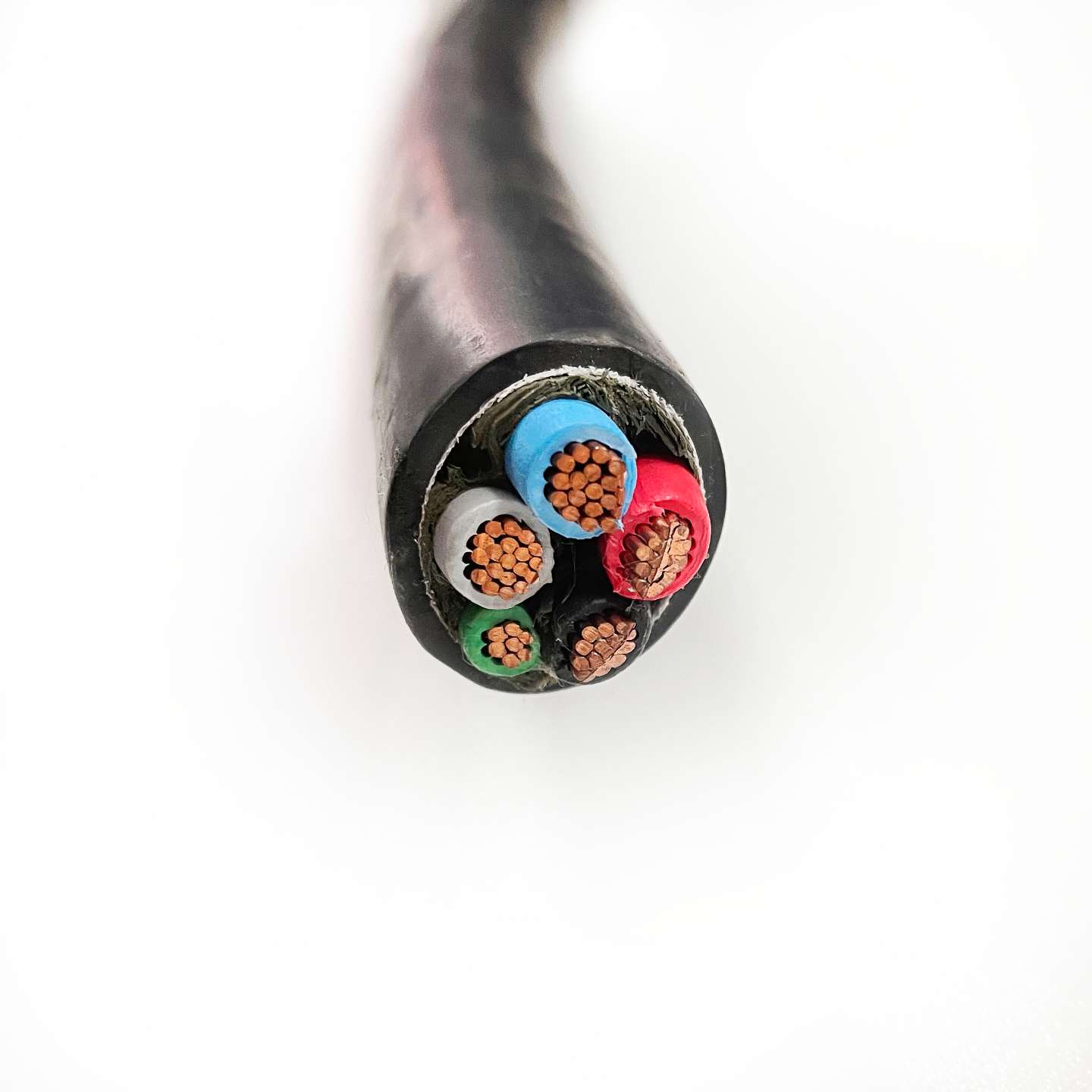What Are the Advantages of Using Aluminum Cable Over Copper Cable?
In the world of electrical wiring, choosing the right type of cable is crucial for ensuring safety, efficiency, and cost-effectiveness. While copper has long been the preferred choice for electrical wiring due to its excellent conductivity and durability, the aluminum cable is gaining popularity for its own set of advantages. In this article, we will explore the advantages of using it over copper cable in various applications.
- Cost-Effectiveness: One of the primary advantages of it is its cost-effectiveness. Aluminum is significantly cheaper than copper, making it an attractive option for large-scale electrical projects where cost savings are a priority. Despite the initial cost savings, it is essential to consider the long-term benefits and potential drawbacks of aluminum cable.
- Lightweight: It is much lighter than copper cable, making it easier to handle and install. This can result in reduced labor costs and faster installation times, especially in large-scale projects where hundreds or even thousands of meters of cable need to be installed.
- High Conductivity: While copper is known for its excellent conductivity, aluminum is also a highly conductive metal. Although aluminum has a slightly lower conductivity than copper, it is still a suitable material for most electrical applications. Proper installation and sizing of aluminum cable can help mitigate any differences in conductivity.
- Corrosion Resistance: Aluminum is naturally resistant to corrosion, making it an excellent choice for outdoor or underground applications where exposure to moisture and other elements is a concern. Properly installed and maintained aluminum cable can last for many years without significant corrosion issues.
- Thermal Conductivity: Aluminum has a higher thermal conductivity than copper, which means it can dissipate heat more effectively. This can be beneficial in high-temperature environments where heat buildup is a concern. However, it is essential to ensure that the cable is properly sized and installed to prevent overheating.
- Flexibility: It is more flexible than copper cable, making it easier to bend and route in tight spaces. This flexibility can be advantageous in applications where the cable needs to be routed around obstacles or through narrow conduits.
- Compatibility: It is compatible with most electrical systems and components, making it a versatile choice for a wide range of applications. It can be used in residential, commercial, and industrial settings, offering flexibility and convenience for electrical contractors and installers.
- Environmental Impact: Aluminum is a highly recyclable material, making it a more environmentally friendly choice than copper. Using it can help reduce the demand for new raw materials and minimize waste, contributing to a more sustainable electrical infrastructure.

What Are the Typical Applications for Aluminum Cable?
It is a popular choice for a wide range of electrical applications due to its cost-effectiveness, lightweight, and high conductivity. In this article, we will explore the typical applications of aluminum cable in various industries and settings.
- Residential Wiring: It is commonly used in residential wiring for branch circuits, feeder lines, and service entrance conductors. It is often used in larger homes or buildings where cost savings are a priority.
- Commercial Buildings: In commercial buildings, the aluminum cable is used for lighting circuits, power distribution, and other electrical systems. Its lightweight nature makes it easier to handle and install, making it a popular choice for commercial applications.
- Industrial Applications: It is widely used in industrial settings for powering machinery, equipment, and other electrical systems. Its high conductivity makes it suitable for carrying heavy loads over long distances.
- Underground Installations: It is often used for underground installations due to its corrosion resistance. It is commonly used for outdoor lighting, underground feeder lines, and other applications where exposure to moisture is a concern.
- Overhead Power Lines: Aluminum cable is also used for overhead power lines due to its lightweight nature and high conductivity. It is commonly used by utility companies for transmitting electricity over long distances.
- Substations: It is used in substations for connecting transformers, switchgear, and other electrical equipment. Its high conductivity and durability make it an ideal choice for these critical applications.
- Renewable Energy Projects: It is increasingly being used in renewable energy projects, such as solar and wind farms. Its high conductivity and lightweight nature make it a suitable choice for transmitting electricity from renewable energy sources to the grid.
- Marine and Offshore Applications: It is used in marine and offshore applications due to its corrosion resistance. It is commonly used for powering equipment and systems on ships, oil rigs, and other offshore structures.
- Data Centers: Aluminum cable is used in data centers for powering servers, networking equipment, and other critical systems. Its high conductivity and reliability make it a suitable choice for these demanding applications.
- Aerospace Industry: It is used in the aerospace industry for wiring aircraft and spacecraft. Its lightweight nature and high conductivity make it an ideal choice for aerospace applications where weight and performance are critical factors.
خاتمة
In conclusion, the aluminum cable is a versatile and reliable choice for a wide range of electrical applications. Its cost-effectiveness, lightweight nature, high conductivity, and corrosion resistance make it suitable for use in residential, commercial, industrial, marine, aerospace, and renewable energy applications. While copper remains popular, it is increasingly favored for its unique benefits.
They offer several advantages over copper, including cost-effectiveness, lightweight construction, high conductivity, corrosion resistance, thermal conductivity, flexibility, compatibility, and environmental sustainability. When considering aluminum cable, consulting with a qualified electrical contractor is essential to ensure proper installation and compatibility with specific applications.




